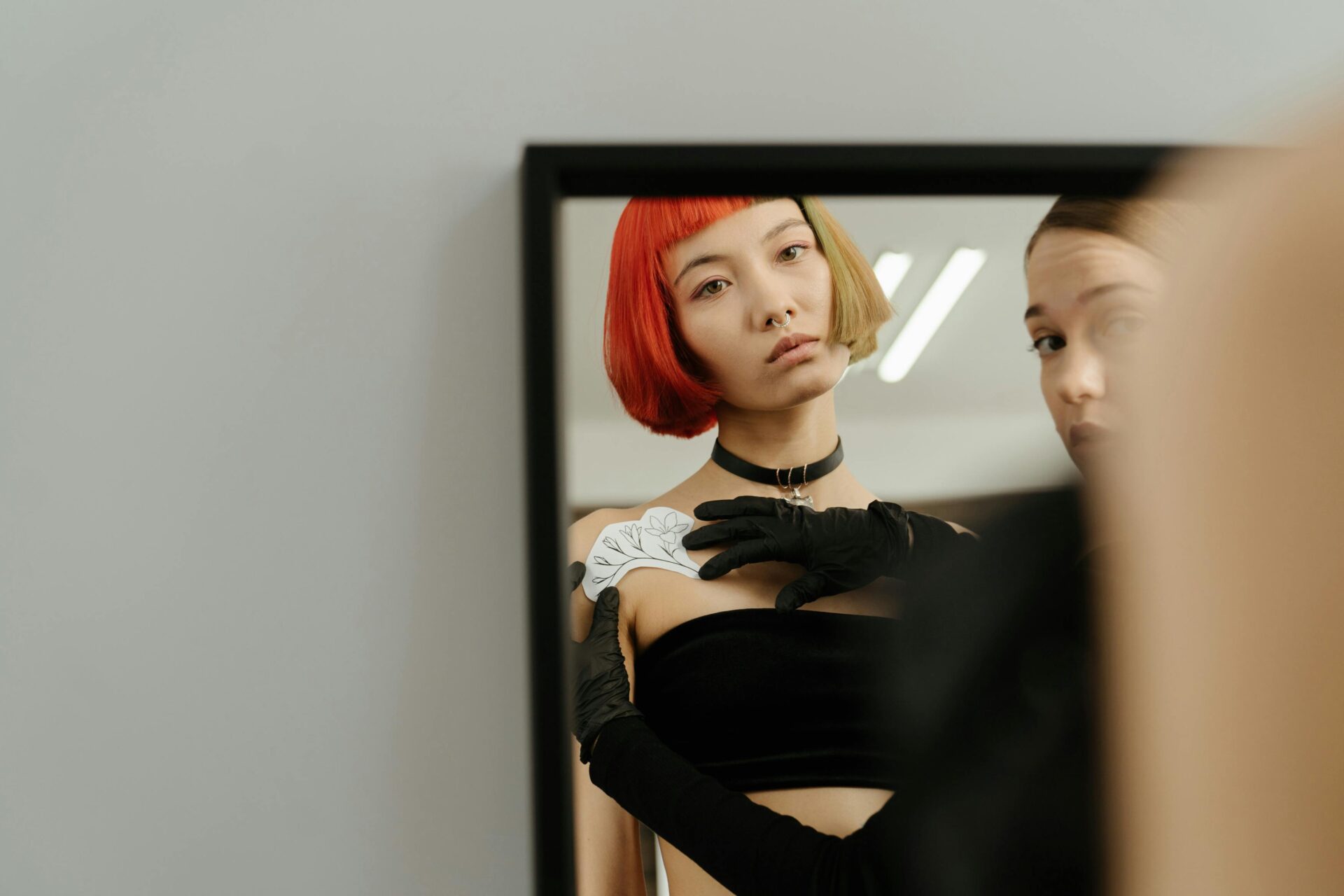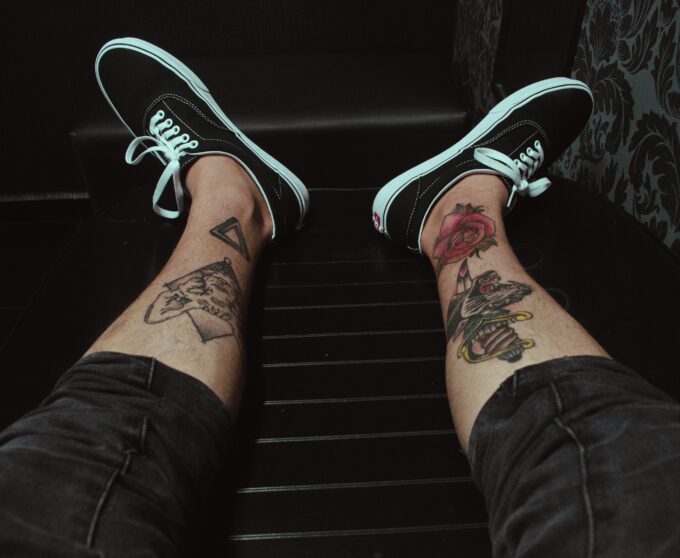Over the past two decades, the world of tattooing has undergone a remarkable transformation from a hermetic male-dominated redoubt to an inclusive and welcoming space for people of all identities and backgrounds. This significant shift is the central subject of reflection by Alice Snape, the British writer and author of 'Tattooing: a new generation of artists'. In her work, Snape shares not only her own experience, but also that of 75 other tattoo artists from around the world who are redefining the industry.
She recalls what it was like to walk into her first tattoo studio 20 years ago and instantly feel that she was not welcome. Back then, the tattoo world was controlled by men, and it was difficult for a woman to carve out a niche for herself as both a tattoo artist and a tattoo collector. However, over time, more women entered the industry, and slowly realized the need to create safer and more welcoming spaces for everyone.
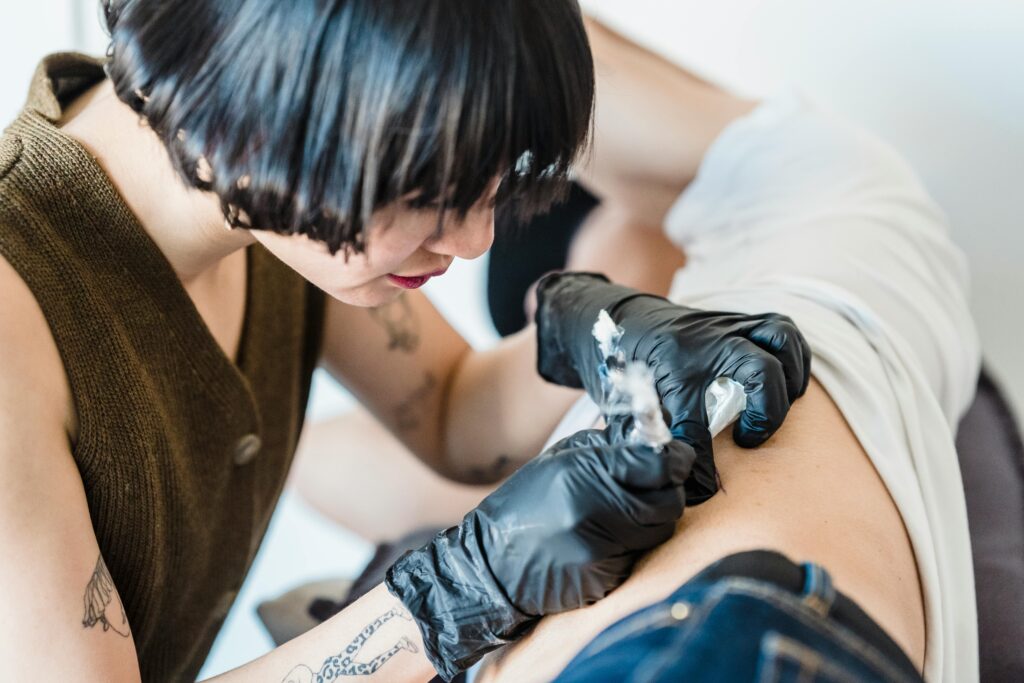
The openness within the industry has coincided with the advent of social media, which has amplified conversations about consent, sexism and racism in the tattoo industry. Platforms like Instagram have allowed artists to share their designs with the world and collectors to find exactly what they are looking for in a vast online catalog. In addition, these platforms have facilitated education on important topics such as bodily autonomy and consent, changing the outdated attitude that tattoo artists owned the final design.
One of the highlights of Snape's book is the introduction of diverse artists who challenge the boundaries of tattoo art. People like Tanya Buxton, known for her incredible realism and her work in nipple reconstruction for breast cancer survivors and trans people, are changing the way we look at body art. Artists like Lacey Law, with her focus on woodcutting and her ability to turn the body into a work of art, are also making a significant mark on the industry.
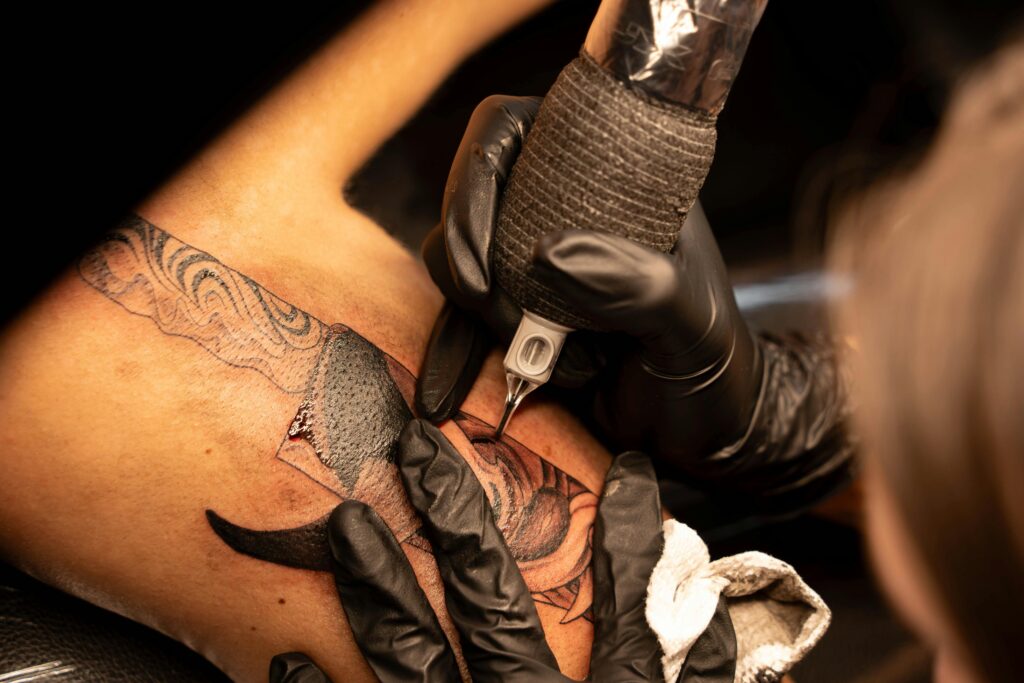
In addition, Snape highlights the importance of representation in the tattoo industry. He mentions Grace Palicas, grandniece of legendary tattoo artist Apo Whang-Od Oggay, whose work is reviving and reinventing ancient practices for modern times. This diversity of artists and styles demonstrates how the industry has evolved to include and celebrate people of all backgrounds.
Snape herself contributed to the change when she founded Things & Ink magazine a decade ago, with the goal of representing tattooers and collectors in an artistic and non-misogynistic way. Her work and that of others has helped make the tattoo industry more inclusive and welcoming to all.
In conclusion, Alice Snape's testimony and the evolution of the tattoo world highlight the transgressive power of this art form. More than just images on the skin, tattoos represent autonomy, personal expression and the celebration of diversity.
If you are looking for more inspiration don't hesitate to take a look at Ink on Sky or if you want to keep up to date with the most important news of the sector visit our Magazink!
And now you can try for free our all-in-one tattoo studio and artist management software / app Ink on Sky Pro !
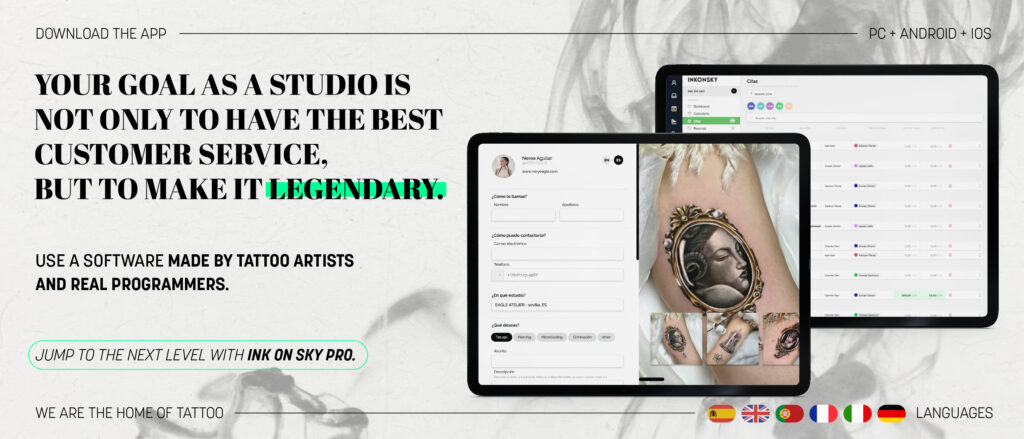
Ink on Sky – The Home Of Tattoo
Contact us

